Viennese interior decoration company
In 1858 Carl Friedrich Schmidt (1824 – 1894) who had been born into a Berliner carpernter’s family moved to Vienna. Here he initially became a partner in the "Tapeten-Niederlage F. Schmidt & Sugg" but became the sole owner shortly thereafter. By 1864 he was already a supplier to the Vienna imperial court.
The enterprise experienced an upturn when his eldest son, Otto (1854 - 1895), joined "Friedrich Otto Schmidts technisches Atelier für Zimmerdekorationen [technical studio for interior decoration]" which, in keeping with Historicism, delivered fixtures and furnishings for whole residences. The business was active in the Wiener Kunstgewerbereform [Vienna Arts and Crafts Reform] and took part in exhibitions in the Austrian Museum for Art and Industry (today’s MAK – the Austrian Museum of Applied Arts).
In 1894, after the death of Carl Friedrich Schmidt, the two younger sons Max (1861-1935) and Leo (1867-1942) took over the flourishing business and founded the subsidiary "Schmidt Miksa" (=Max) in Budapest. In Vienna the company headquarters was moved to Palais Neupauer-Breuner in Singerstrasse and, in 1904, to Palais Chotek at 28 Währinger Straße where it is still to be found today.
Around 1900 the company was also involved in the design reforms of the "Wiener Moderne" and made numerous pieces of furniture using English models. It was during this period that the close cooperation with architect Adolf Loos (1870-1933) and the F. O. Schmidt workshops began, resulting in the creation of models such as the "Elefantenrüsseltisch [elephant trunk table]". The Schmidt company took up Loos’ ideas and began to produce furniture using his stylistic vocabulary. Viennese contemporaries called them "furniture á la Loos".
Ref.: Eva B. Ottillinger, Adolf Loos, Wohnkonzepte und Möbelentwürfe, Salzburg - Vienna 1994, p. 71 - 80.

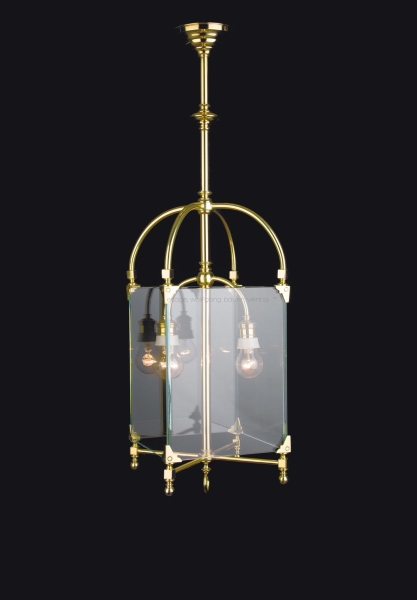 CHANDELIER
CHANDELIER 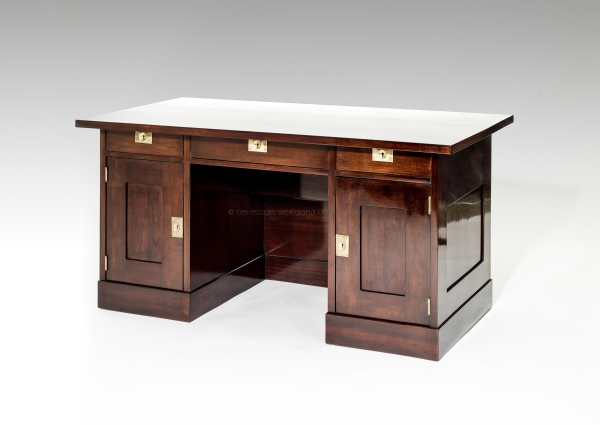 WRITING DESK
WRITING DESK 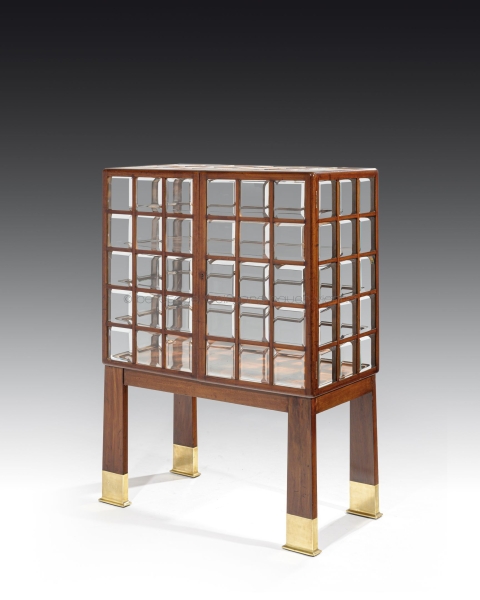 DISPLAY CABINET
DISPLAY CABINET 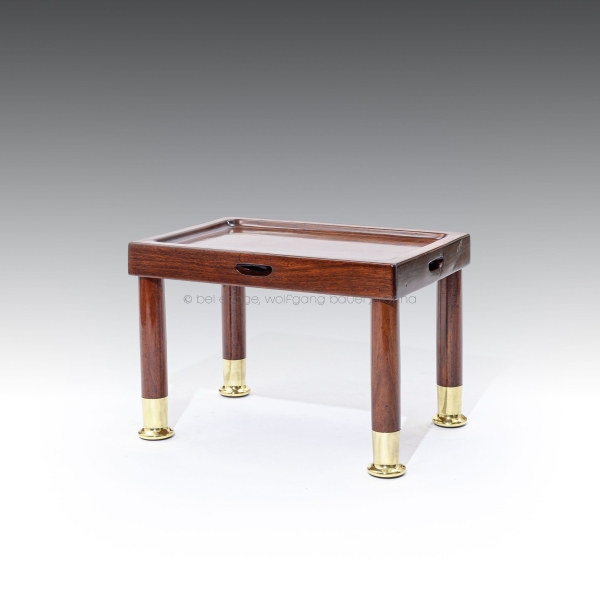 SIDE TABLE
SIDE TABLE 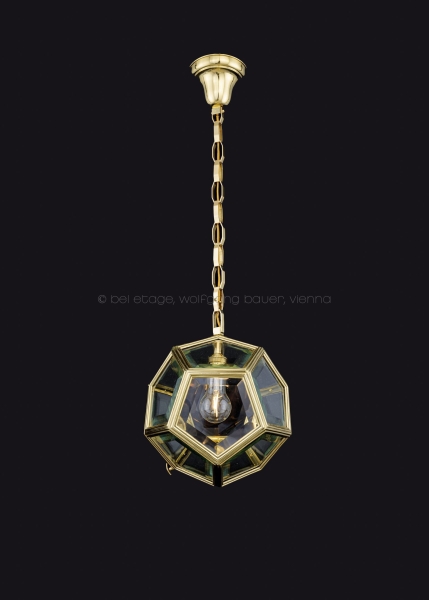 SMALL HANGING LAMP
SMALL HANGING LAMP 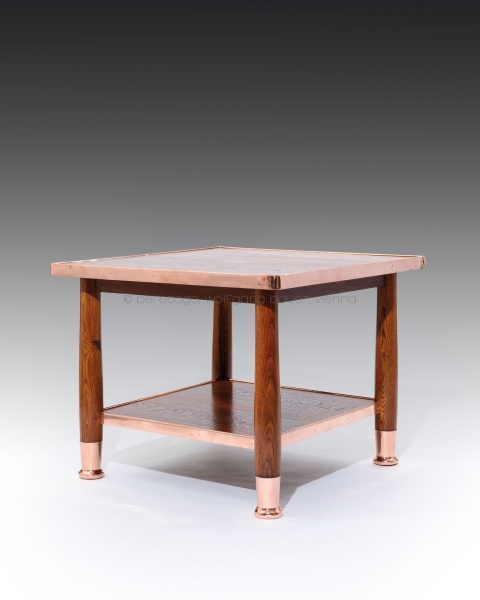 BIG DRAWING ROOM TABLE
BIG DRAWING ROOM TABLE 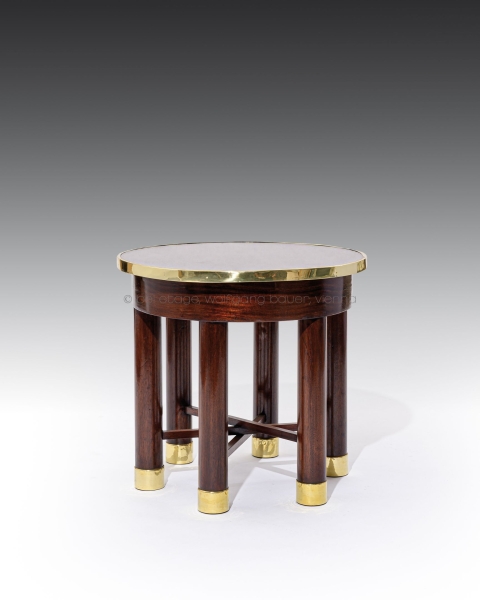 ROUND TABLE "HABERFELD"
ROUND TABLE "HABERFELD" 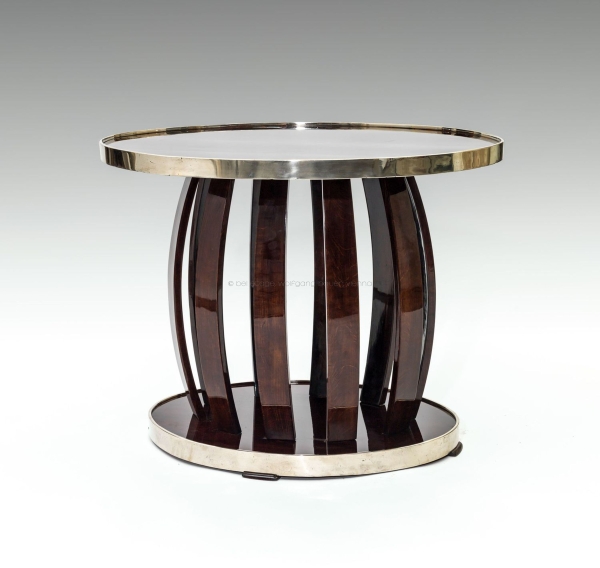 DRAWING ROOM TABLE À LA LOOS
DRAWING ROOM TABLE À LA LOOS 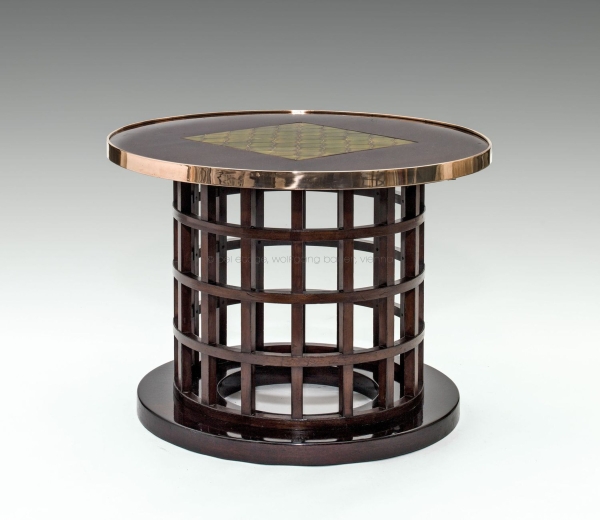 DRAWING ROOM TABLE
DRAWING ROOM TABLE 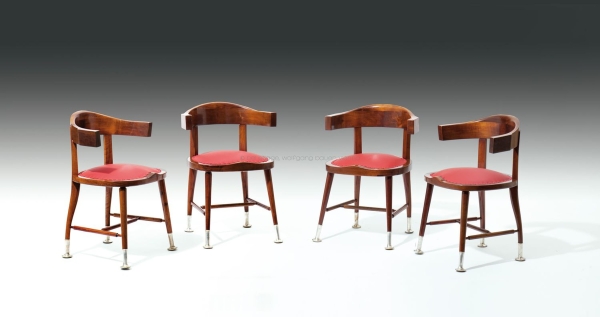 FOUR IMPORTANT ARMCHAIRS
FOUR IMPORTANT ARMCHAIRS 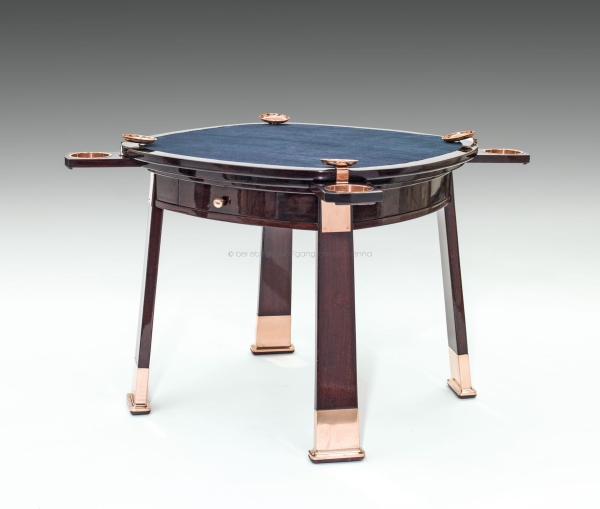 MECHANICAL GAMING TABLE À LA LOOS
MECHANICAL GAMING TABLE À LA LOOS 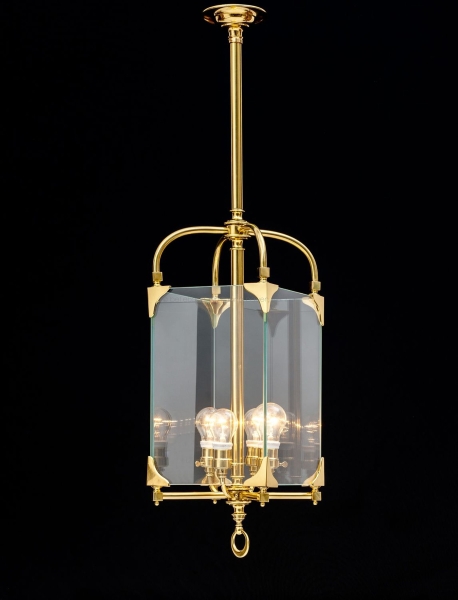 CHANDELIER
CHANDELIER 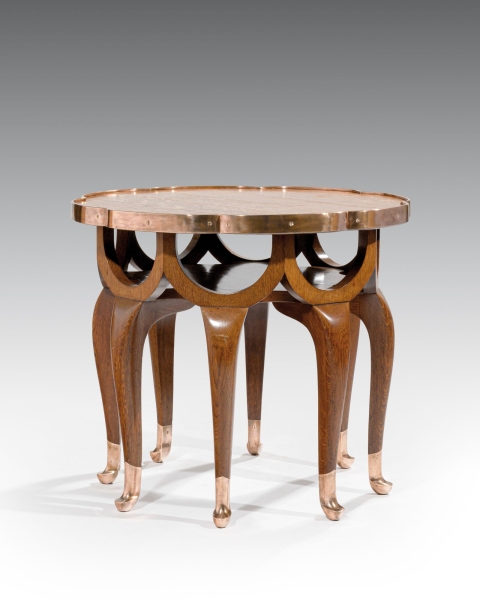 ELEPHANT TRUNK TABLE
ELEPHANT TRUNK TABLE 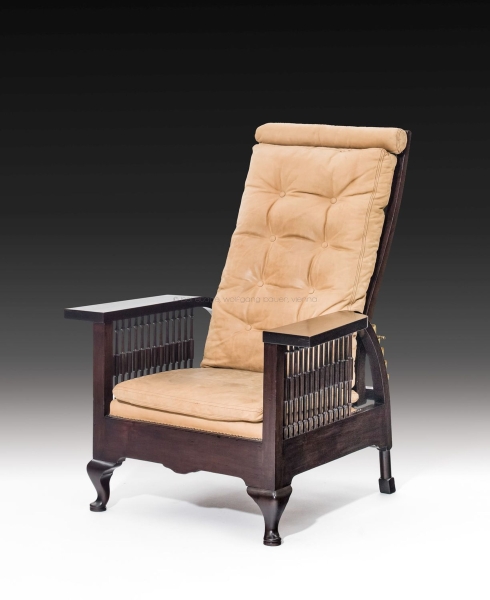 ARMCHAIR À LA LOOS
ARMCHAIR À LA LOOS 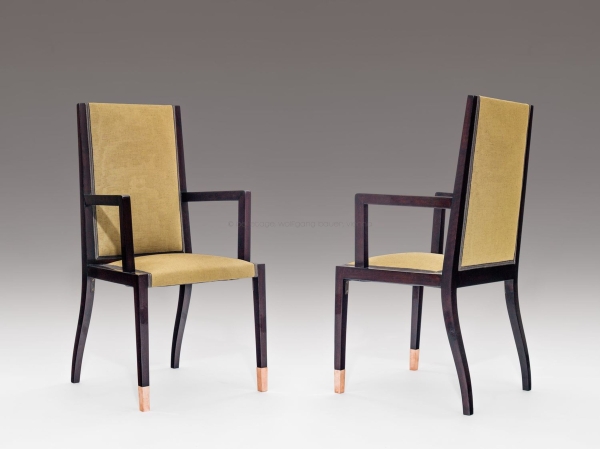 A PAIR OF ARMCHAIRS
A PAIR OF ARMCHAIRS 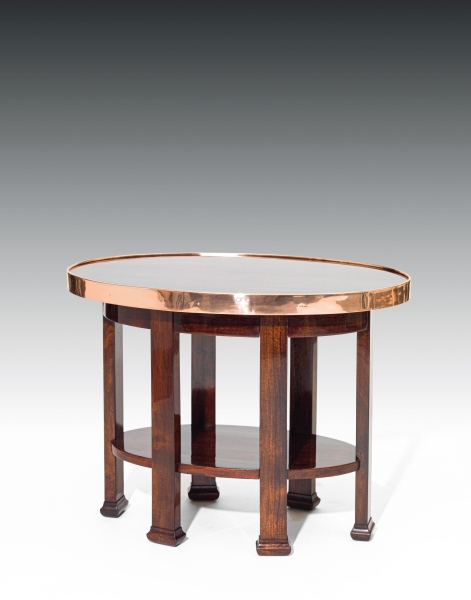 TABLE À LA LOOS
TABLE À LA LOOS 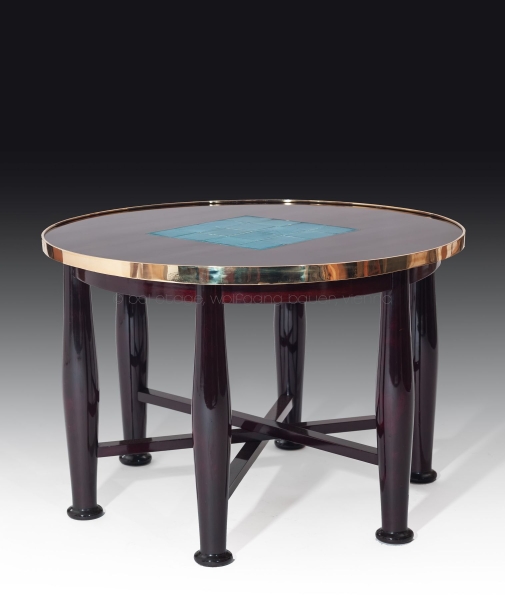 ROUND TABLE "HABERFELD"
ROUND TABLE "HABERFELD" 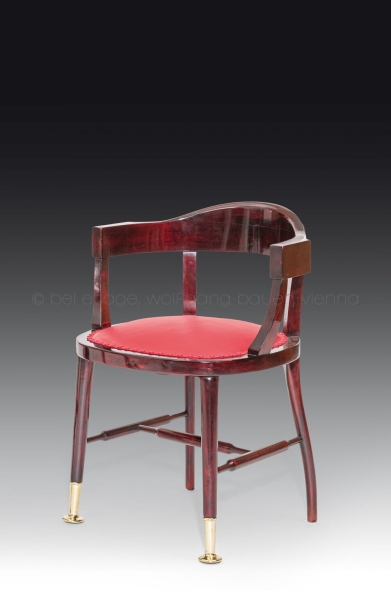 SIGNIFICANT ARMCHAIR
SIGNIFICANT ARMCHAIR 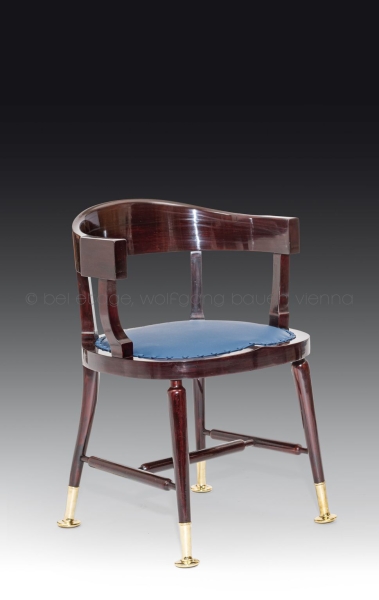 SIGNIFICANT ARMCHAIR
SIGNIFICANT ARMCHAIR 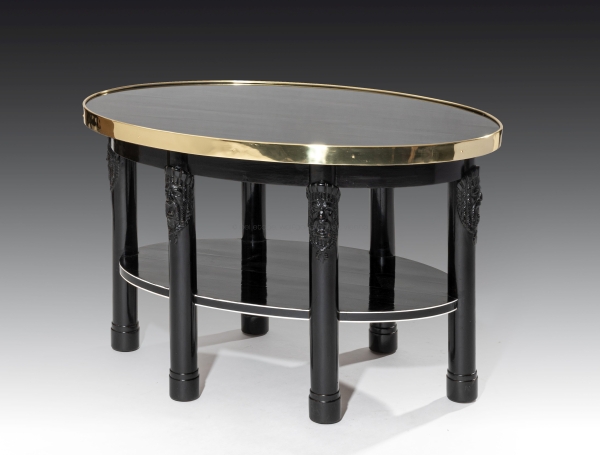 LARGE OVAL TABLE
LARGE OVAL TABLE 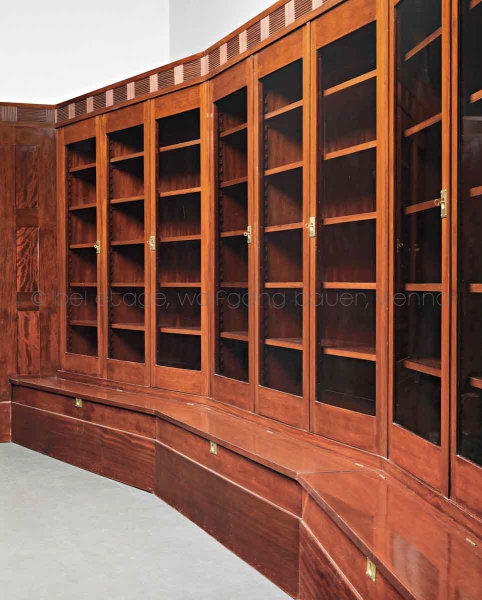 PRESTIGIOUS GLASS-FRONTED LIBRARY BOOKCASE
PRESTIGIOUS GLASS-FRONTED LIBRARY BOOKCASE 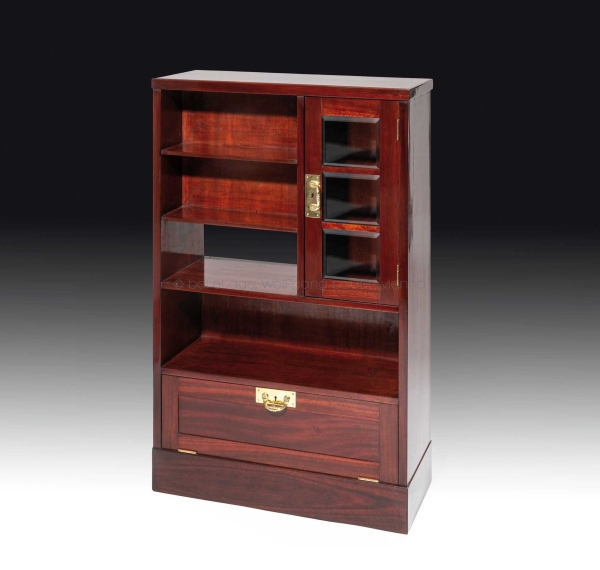 ROOM DIVIDER
ROOM DIVIDER 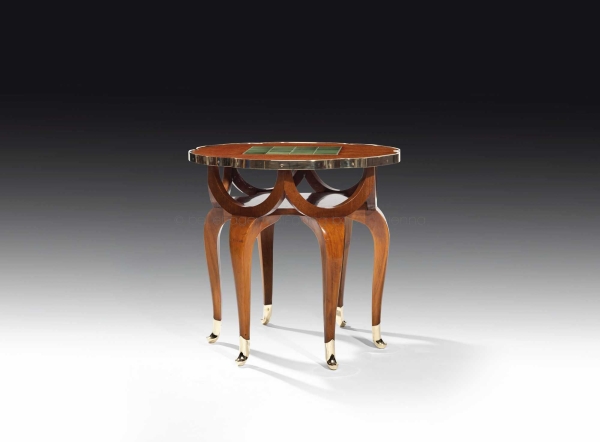 ELEPHANT TRUNK TABLE
ELEPHANT TRUNK TABLE 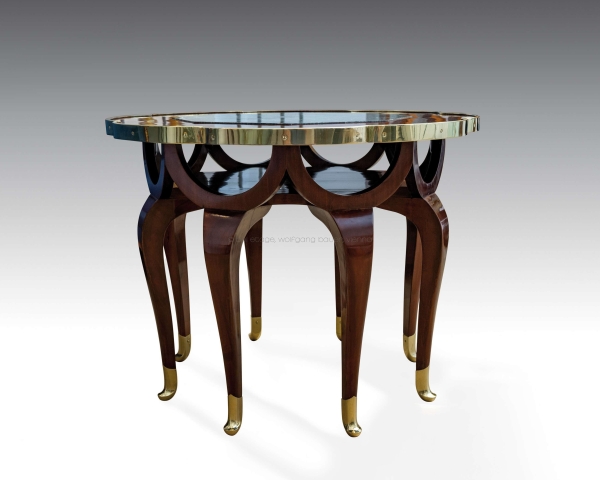 ELEPHANT TRUNK TABLE
ELEPHANT TRUNK TABLE